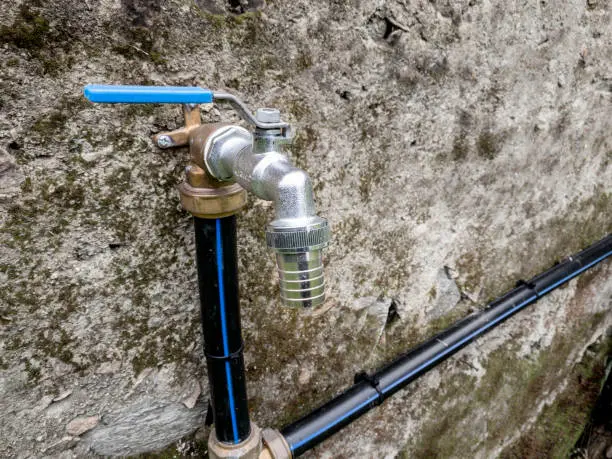Introduction
In the realm of modern plumbing solutions, the question often arises: Can HDPE pipe be used for drinking water? This comprehensive guide navigates through the characteristics, advantages, and applications of High-Density Polyethylene (HDPE) pipes, shedding light on their suitability and the transformative value they bring to the delivery of safe and clean drinking water.
Section 1: Unveiling the Purity of HDPE Pipe
Inert Composition:
Explore the inert composition of High-Density Polyethylene, highlighting its non-reactive nature that ensures the purity of drinking water transported through HDPE pipes.
Section 2: Characteristics of HDPE Pipe for Drinking Water
Non-Leaching Properties:
Delve into the non-leaching properties of HDPE, emphasizing its ability to preserve the quality of drinking water without introducing contaminants.
Resistance to Corrosion and Chemicals:
Emphasize the corrosion resistance and chemical inertness of HDPE, showcasing its reliability in maintaining the integrity of drinking water.
Section 3: Advantages of Using HDPE Pipe for Drinking Water
Preservation of Water Quality:
Highlight how HDPE pipes contribute to preserving water quality, ensuring that the drinking water remains pure and free from external influences.
Durability and Longevity:
Explore the durability and longevity of HDPE, underlining how its robust nature ensures a reliable and long-lasting solution for drinking water infrastructure.
Section 4: Applications of HDPE Pipe in Drinking Water Systems
Municipal Water Supply:
Showcase the use of HDPE pipes in municipal water supply systems, emphasizing their role in delivering safe and clean drinking water to communities.
Rural Water Projects:
Explore the application of HDPE in rural water projects, showcasing its adaptability to diverse settings and the assurance of quality water delivery.
Section 5: Environmental Impact of HDPE in Drinking Water Systems
Sustainability and Eco-Friendliness:
Emphasize how the use of HDPE in drinking water systems aligns with sustainability goals, contributing to a greener and more eco-friendly water infrastructure.
Reduced Carbon Footprint:
Highlight the reduced carbon footprint associated with HDPE production and its transportation, showcasing its positive impact on environmental conservation.
Section 6: Ensuring Safety: Standards and Certifications
Adherence to Drinking Water Standards:
Explore how HDPE pipes adhere to stringent drinking water standards, ensuring compliance with regulatory requirements for the safety of end-users.
Certifications and Approvals:
Highlight the certifications and approvals that HDPE pipes receive, providing additional assurance of their suitability for transporting drinking water.
Section 7: Case Studies
Success Stories in Drinking Water Safety:
Present case studies that showcase successful applications of HDPE pipes in delivering safe drinking water. These examples serve as practical illustrations of the reliability and value of HDPE in various drinking water projects.
Conclusion:
Summarize the key advantages of utilizing HDPE pipes for drinking water, emphasizing their purity, durability, and positive impact on water quality.
Call to Action:
Empower readers to consider HDPE as a safe and reliable solution for drinking water infrastructure. Provide resources for obtaining additional information, consulting with experts, and making informed decisions to ensure the delivery of pure and clean drinking water in their communities.
Contact
We will reply your email or fax within 24 hours.
You can call us at any time if there is any question on our production.
For more information,pls visit our webside https://www.ifanplus.com/
Pls Mailto: [email protected]






